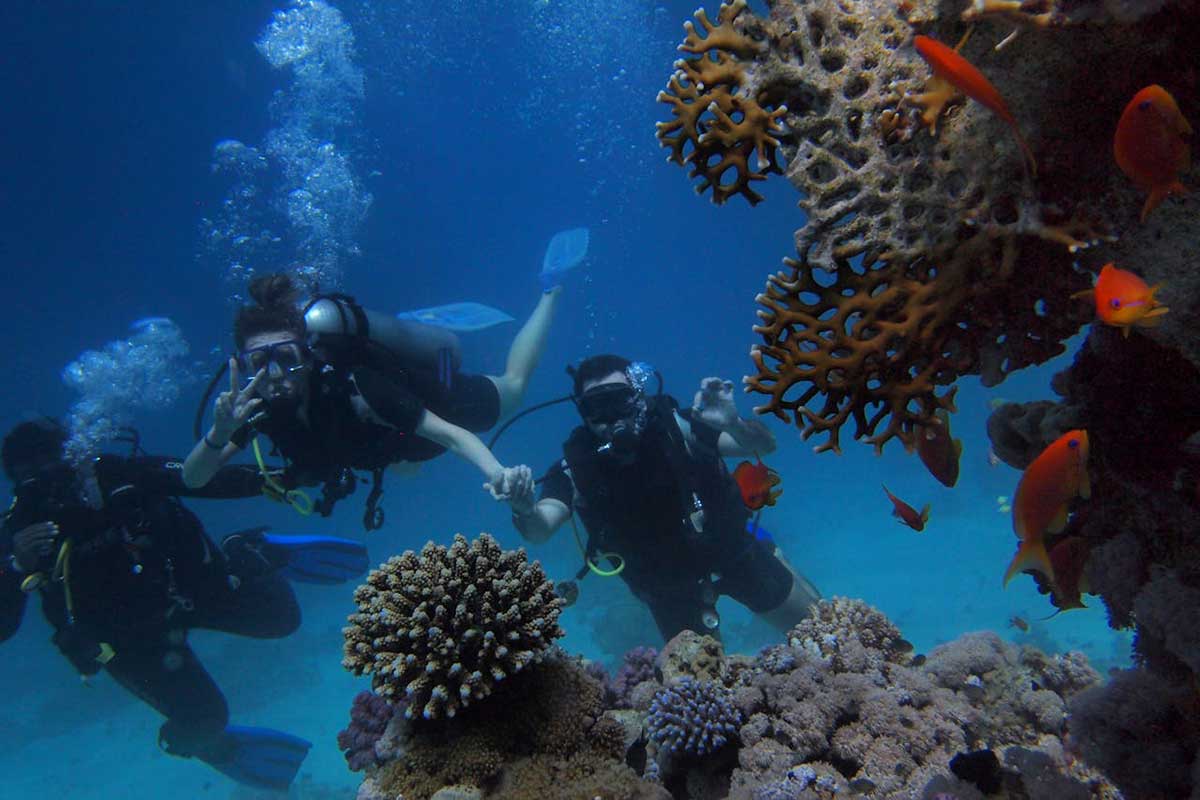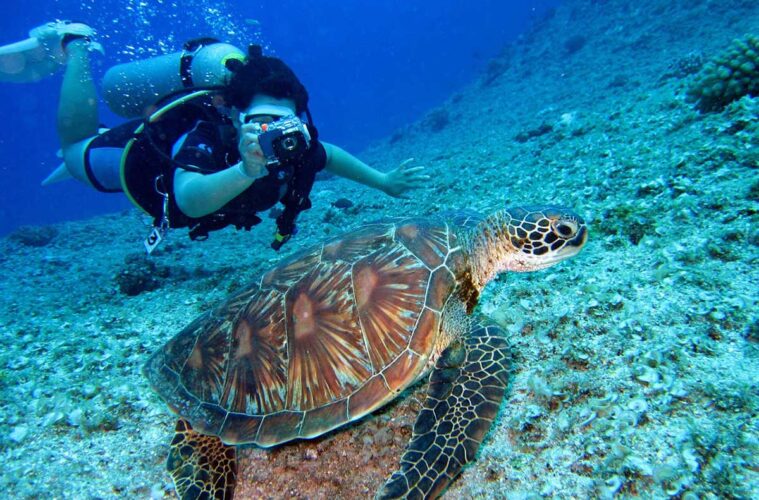The Canary Islands, located off the northwest coast of Africa, are a popular tourist destination known for their beautiful beaches, volcanic landscapes, and amazing marine life. This makes them an ideal location to open a dive school for training new divers and leading dive tours. With some careful planning and preparation, and a good design logo, you can start a successful dive business in this island paradise.
Researching and Selecting a Location
The first step is choosing a strategic location on the Canary Islands for your dive school. You’ll want to pick an area with calm, protected dive sites that are easily accessible from shore. Some of the best spots for diving are around Fuerteventura, Lanzarote, and Gran Canaria. Consider setting up your shop in a popular tourist town or city near good shore diving. This makes it convenient for students staying at nearby hotels and resorts.
You’ll also need to find a suitable site or building to house your school. Look for rental properties near the coast that can accommodate classrooms, equipment storage, and office space. If possible, choose a location with an ocean view to showcase the beautiful underwater world students will explore.
Obtaining Business Licenses and Permits
Once you’ve selected the ideal location, begin applying for the proper licenses and permits. These requirements vary between different cities and islands within the Canary Islands. Consult with local government agencies about the specific documentation needed to legally operate your dive school.
Some of the permits and paperwork you may need to obtain include business license, commercial activity permit, first aid training certificates, dive insurance, watersport liability coverage, boat operator’s license (if offering boat dives). Take time to get all your paperwork in order before opening to avoid any compliance issues.
Designing a Logo and Brand Identity
You’ll need to design a logo and create a brand identity for your dive school that reflects its location and services. Choose images and colors that connect with the beautiful oceans and beaches of the Canary Islands. Incorporate graphic elements like palm trees, seashells, fish, or waves. Make sure your logo looks professional and appealing on your website, merchandise, advertising materials, and social media profiles.
Consider hiring a local graphic designer who can help develop your brand and understand the feel you want to project. Optionally, you can design a simple logo yourself using online logo makers. Just make sure it represents your business well and catches people’s eyes.
Setting Up Your Facility
To accommodate students, your dive school facility will need some key features. Construct or set up:
- Classroom for lectures and theory lessons
- Equipment room for storing gear
- Changing rooms and lockers
- Rinsing stations for washing equipment
- Compressor room for filling tanks
- Office space for staff
- Small retail area for accessories, t-shirts, etc.
Make sure to stock all the necessary rental equipment like wetsuits, BCDs, regulators, masks, snorkels and fins in a range of sizes. Maintain plenty of spare parts and accessories on hand for repairs. Install secure storage for tanks and valves. Having a properly equipped and organized facility shows students you’re a professional operation.

How to Set Up a Dive School on the Canary Islands
Acquiring Boats and Vehicles
If you’ll be offering boat dives along with shore dives, you’ll need to obtain suitable dive boats. Look for stable, spacious dive boats with equipment storage, tank holders, ladders or platforms, and freshwater rinse stations. Have your boats inspected and registered according to local maritime regulations.
You may also want to invest in a van, bus, or other vehicles for transporting student groups to and from dive sites along the coast. Even for shore dives, being able to provide pick-up and drop-off services can be appealing for customers.
Assembling a Knowledgeable Team
A quality instructional team is key for a reputable dive school. Seek out experienced dive professionals to hire as instructors and divemasters. Ensure all staff members hold up-to-date certifications from recognized training agencies like PADI, NAUI, or SSI.
Ideally, hire instructors who already have experience diving the local sites you plan to visit. Their familiarity with the area’s conditions and marine life will enrich the training. Classes should maintain low student-to-instructor ratios to ensure safety and personalized guidance.
Offering a Variety of Programmes
Your dive school needs to offer a complete selection of training courses for different skill levels, from beginner to advanced. At minimum, provide programs like:
- Discover Scuba Diving for beginner trial dives
- Open Water Diver for basic certification
- Advanced Open Water for gaining additional skills
- Rescue Diver for emergency response training
- Divemaster for professional level certification
You can also design fun specialty courses like underwater photography or night diving. Provide regular class schedules, private lessons, and structured training groups to accommodate each student’s needs and availability.
Promoting Your Business
Once your facility is fully prepped, it’s time to spread the word! Create brochures, flyers, and advertisements showcasing your equipment, staff credentials, and the beautiful dive sites students will explore. Attend local tourism fairs and events to promote your programs. Network with nearby hotels and resorts to organize dive packages for their guests.
Develop a user-friendly website with information about your dive school’s services, class schedules, and local diving conditions. Make it easy for people to find your contact info and enroll in courses online. And be sure to stay active posting updates and interacting with followers on social media.
Opening Your Doors
When everything’s ready, it’s time for the big debut! Hold an opening day ceremony and invite local media representatives, tourism officials, and business owners to help publicize your dive school. Offer trial dives or enrollment discounts to get new students excited.
Stay focused on delivering top-notch instruction, safety, and customer service as you lead your first classes. Show students how incredible the underwater world of the Canary Islands can be. Keep getting feedback from students on how you can improve their experience.
If you take the proper steps to plan and prepare, you’ll be on your way to running a successful, rewarding dive school in the Canary Islands. Just be sure to have passion for sharing the sport you love!

